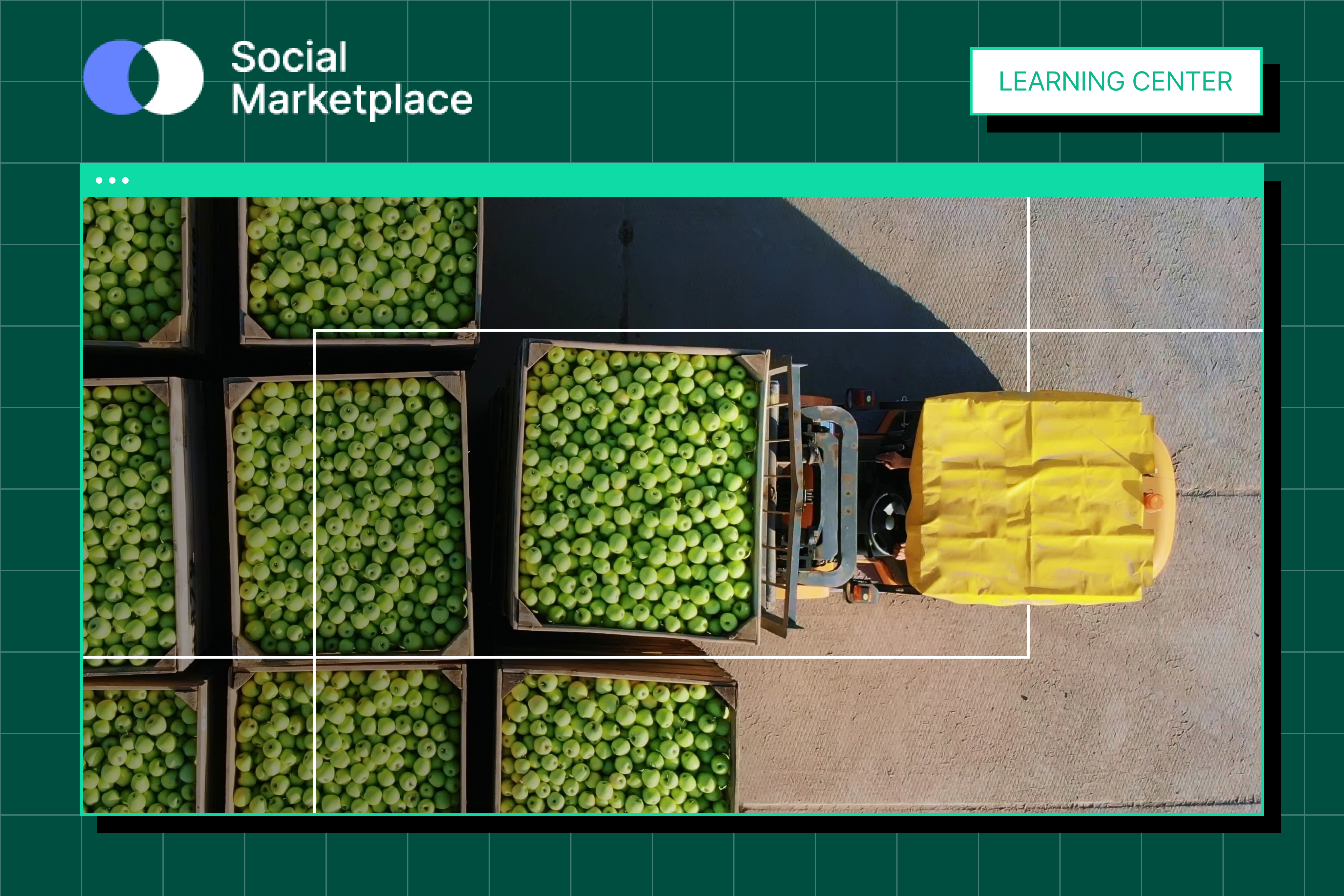Strategies for effective transportation management

In the agri-food industry, the journey from farm to table is more than just about distance—it's about intelligent, efficient, and timely logistics. It's not merely about just transporting goods, but also ensuring that the right products reach customers precisely when they expect them. This leads providing quality customer services that affects both a company's reputation and revenue.
Let's delve into the intricacies of transportation management, refining each step to guarantee that your food and products stay fresh.
Understanding transportation management in agri-food
Transportation management oversees the transfer of goods from one location to another. For agri-food businesses, the swift and efficient movement of raw agricultural produce, processed foods, and other associated products—from farms, processing units, and storage facilities to markets or end consumers—is paramount. This management includes planning, executing, monitoring, and optimizing routes, carriers, and costs, culminating in a highly intricate system.
Significance of transportation management in the agri-food industry
Perishability: Many agricultural products are perishable, necessitating rapid and efficient transportation to ensure they reach consumers in their freshest state.
Volume and Seasonality: The agri-food industry frequently grapples with vast quantities of produce, particularly during harvest seasons. Streamlined transportation is essential to manage these volumes and curtail wastage.
Regulatory Compliance: Various countries and regions enforce distinct regulations for transporting food products. Meticulous management guarantees adherence to these rules, sidestepping potential legal complications and penalties.
Cost Efficiency: Proficient transportation management can yield substantial cost reductions by fine-tuning routes, cutting down on fuel usage, and curbing wastage.
Consumer Trust: Prompt and efficient deliveries bolster consumer trust, ensuring they receive products that are both fresh and of superior quality.
Best practices: Streamlining effective transportation management
Invest in a Comprehensive TMS (Transportation Management System): A TMS can automate numerous transportation-centric tasks, including route optimization, carrier selection, and real-time monitoring. It can also furnish invaluable analytics pinpointing areas needing enhancement.
Forge Solid Partnerships with Trustworthy Carriers: Collaborating with dependable transportation carriers guarantees that goods are conveyed efficiently and safely. Periodically evaluate and gauge carrier performance to confirm they uphold the requisite standards.
Adopt Real-time Tracking and Monitoring: Employ technologies such as IoT (Internet of Things) sensors and GPS to oversee shipments in real-time. This not only offers a clear view of the transportation process but also facilitates prompt interventions if delays or problems arise.
Refine Load Planning: Making optimal use of space in trucks and containers can result in notable cost benefits. Utilize tools and software to strategize the loading of goods, maximizing space utilization and reducing trip frequency.
Consistently Reassess and Revise Transportation Strategies: The agri-food sector is ever-evolving, influenced by shifting consumer preferences, market dynamics, and regulatory landscapes. Regularly reevaluate transportation strategies and methodologies to ensure they resonate with the prevailing industry nuances and obstacles.
Adapting transportation strategies in the agri-food sector
Skilled transportation management is pivotal to thriving in the agri-food industry. By adopting the right tactics and harnessing contemporary technologies, suppliers can guarantee that their products reach consumers in optimal condition, all while realizing operational efficiency and cost advantages.
As the sector progresses, keeping abreast of the latest transportation methodologies will be vital for suppliers aiming to sustain a competitive advantage.